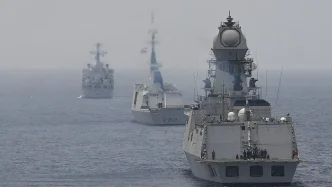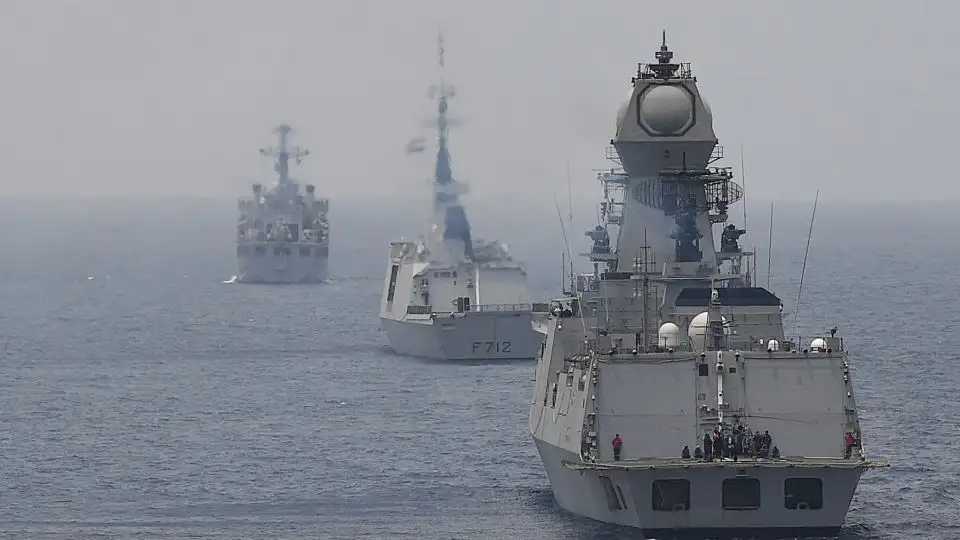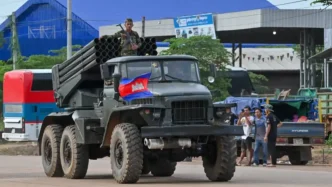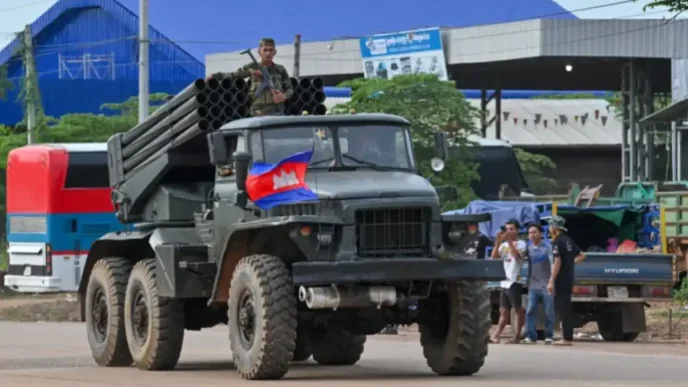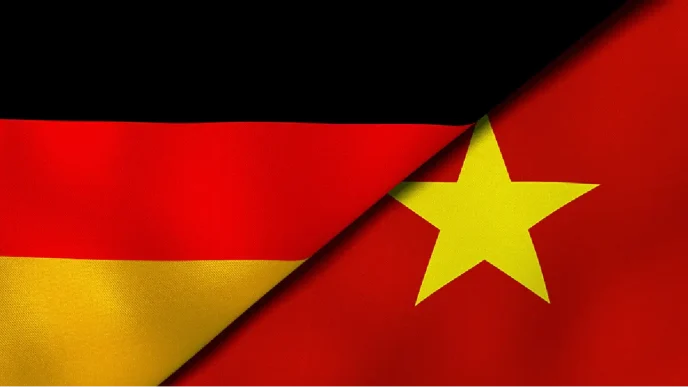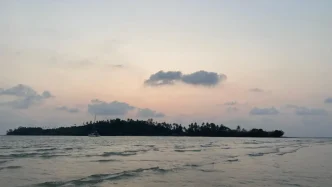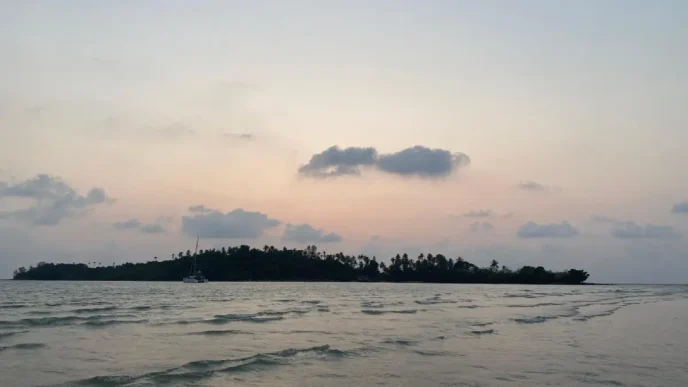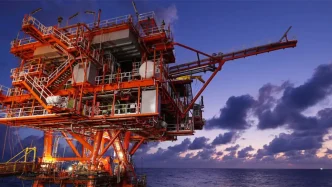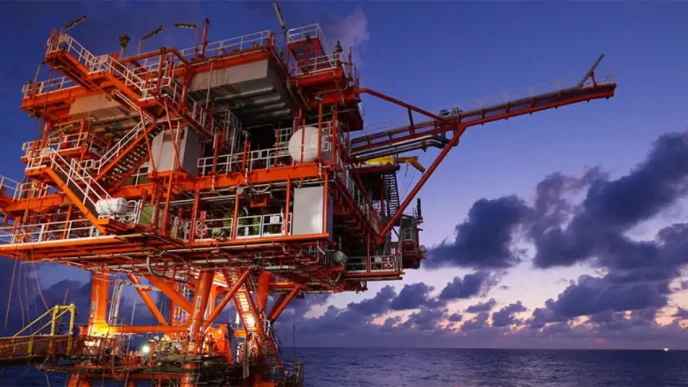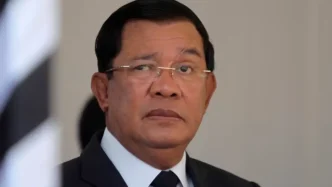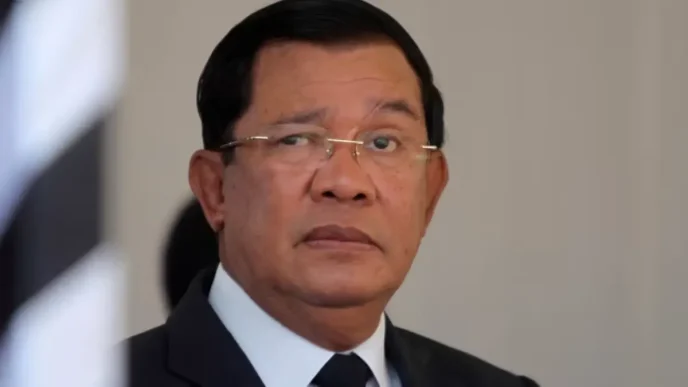Manila and New Delhi are set to deepen their maritime partnership with a joint naval exercise in the West Philippine Sea from August 4 to 8, 2025, a move that analysts interpret as a pointed signal to China amid ongoing regional disputes. The upcoming drills, preceded by a port visit of four Indian naval warships to Manila on August 2, underscore a growing alignment between the two nations in the broader Indo-Pacific framework.
A Strategic Maritime Collaboration
The maritime cooperative activity (MCA) follows a series of engagements between the Indian and Philippine navies, reflecting a shared intent to bolster security in contested waters. According to reports from Indian media, the exercise will involve coordinated maneuvers aimed at enhancing interoperability and mutual understanding of naval operations. While specific details of the drills remain undisclosed, the Philippine Navy has confirmed that updates will be provided once the Indian vessels arrive in the country.
Rear Admiral Roy Vincent Trinidad, spokesperson for the Philippine Navy on West Philippine Sea matters, emphasized the protocol of withholding operational specifics prior to the event. “Details of that will be released the moment that they are already in the country” he stated during a military press conference on July 23, 2025.
The Indian contingent includes the guided missile destroyer INS Delhi, anti-submarine warfare corvette INS Kiltan, fleet tanker INS Shakti, and survey ship INS Sandhayak. Their port visit to Manila, announced by the Indian Embassy, marks a continuation of goodwill exchanges, with three of these vessels—INS Delhi, INS Kiltan, and INS Shakti—having visited the Philippine capital in 2024 as part of a similar outreach.
Historical Context and Shared Challenges
This is not the first instance of naval collaboration between Manila and New Delhi in the West Philippine Sea, a region of strategic importance often referred to by China as part of the South China Sea. In 2021, the two nations conducted joint exercises involving naval warships, signaling an early commitment to counterbalance regional power dynamics. The recurrence of such activities highlights a sustained effort to address common maritime concerns, particularly in light of overlapping territorial claims and tensions with Beijing.
Security analysts point to a convergence of interests driving this partnership. Chester Cabalza, president and founder of the Manila-based think tank International Development and Security Cooperation, described the cooperation as a response to a shared naval challenge. “It truly builds up to the strategic clarity of pan Indo-Pacific strategy where India and the Philippines are sending a strong message to China in the South China Sea” he told a local news outlet on July 23, 2025.
The West Philippine Sea, encompassing parts of the South China Sea within the Philippines’ exclusive economic zone, has been a flashpoint for geopolitical friction. Manila has repeatedly asserted its rights under international law, particularly following the 2016 arbitral ruling that invalidated China’s expansive claims in the region. India, while not a direct claimant, has a vested interest in maintaining freedom of navigation and stability in these waters, aligning with its broader Indo-Pacific vision.
India’s Act East Policy and Regional Ambitions
The naval exercises also fit into India’s Act East Policy, a diplomatic framework designed to strengthen economic and strategic ties with Southeast Asian nations. International relations expert Don Mclain Gill, a lecturer at De La Salle University’s Department of International Studies in Manila, highlighted the alignment of values underpinning this partnership. “Being two like-minded countries in Asia, that share a common threat but also at the same time common principles and ideals towards upholding democracy and international law, we see this as a continuation of existing efforts to bolster the growing Philippine-India partnership” he noted on July 23, 2025.
Gill further suggested that the collaboration could pave the way for deeper defense ties, including potential Indian contributions to the modernization of the Philippine military. One notable example of this burgeoning relationship is Manila’s acquisition of the BrahMos missile system, a medium-range supersonic cruise missile developed jointly by India and Russia. With a range of 290 to 400 kilometers and a speed of Mach 2.8—approximately three times the speed of sound—the BrahMos enhances the Philippines’ defensive capabilities, symbolizing tangible outcomes of this bilateral engagement.
Broader Implications for the Indo-Pacific
The India-Philippines naval exercises are emblematic of a wider trend of coalition-building in the Indo-Pacific, where nations are increasingly aligning to counterbalance China’s assertiveness. The South China Sea, through which trillions of dollars in trade pass annually, remains a critical artery for global commerce, making stability in the region a priority for many stakeholders beyond immediate claimants. India’s participation in such drills, alongside its involvement in multilateral frameworks like the Quad (comprising the United States, Japan, Australia, and India), underscores its role as a counterweight to Beijing’s regional influence.
For the Philippines, partnerships with nations like India offer a means to diversify its security alliances beyond traditional partners such as the United States. This multi-pronged approach is seen as a pragmatic response to the complex security environment in Southeast Asia, where small and medium-sized powers navigate the competing interests of larger players. The MCA in August 2025, therefore, serves not only as a practical exercise in naval coordination but also as a diplomatic statement of intent.
Domestic and Regional Reactions
While official statements from both Manila and New Delhi frame the upcoming drills as routine cooperation, the subtext of countering Chinese influence is hard to ignore. Beijing has yet to issue a direct response to the planned exercises, but past patterns suggest it may view such activities as provocative. China’s foreign ministry has previously criticized joint military engagements in the South China Sea, arguing that they escalate tensions and undermine regional stability.
Domestically, the Philippine public and political spheres have generally welcomed enhanced defense ties with India. The acquisition of advanced weaponry like the BrahMos missile has been touted as a step toward self-reliance in national defense, though some analysts caution against over-reliance on foreign military hardware amidst budget constraints. In India, the exercises align with Prime Minister Narendra Modi’s vision of a proactive foreign policy that extends New Delhi’s influence into Southeast Asia, reinforcing its status as a regional power.
Looking Ahead: Challenges and Opportunities
As the August drills approach, questions remain about the long-term trajectory of India-Philippines relations. While naval exercises and port visits build trust and operational synergy, translating these into a comprehensive strategic partnership will require sustained political will and resource commitment from both sides. Economic cooperation, cultural exchanges, and people-to-people ties could complement military engagements, creating a more holistic relationship.
Moreover, the broader geopolitical landscape—marked by evolving alliances, economic uncertainties, and environmental challenges in the Indo-Pacific—will shape the scope of this partnership. For now, the joint maritime activity stands as a testament to the shared resolve of Manila and New Delhi to uphold a rules-based order in a region fraught with contention.
As the Indian warships prepare to dock in Manila, the message is clear: the West Philippine Sea is not just a local concern but a theater of global strategic interest. How China and other regional actors respond in the coming weeks could set the tone for future maritime collaborations in this critical waterway.

